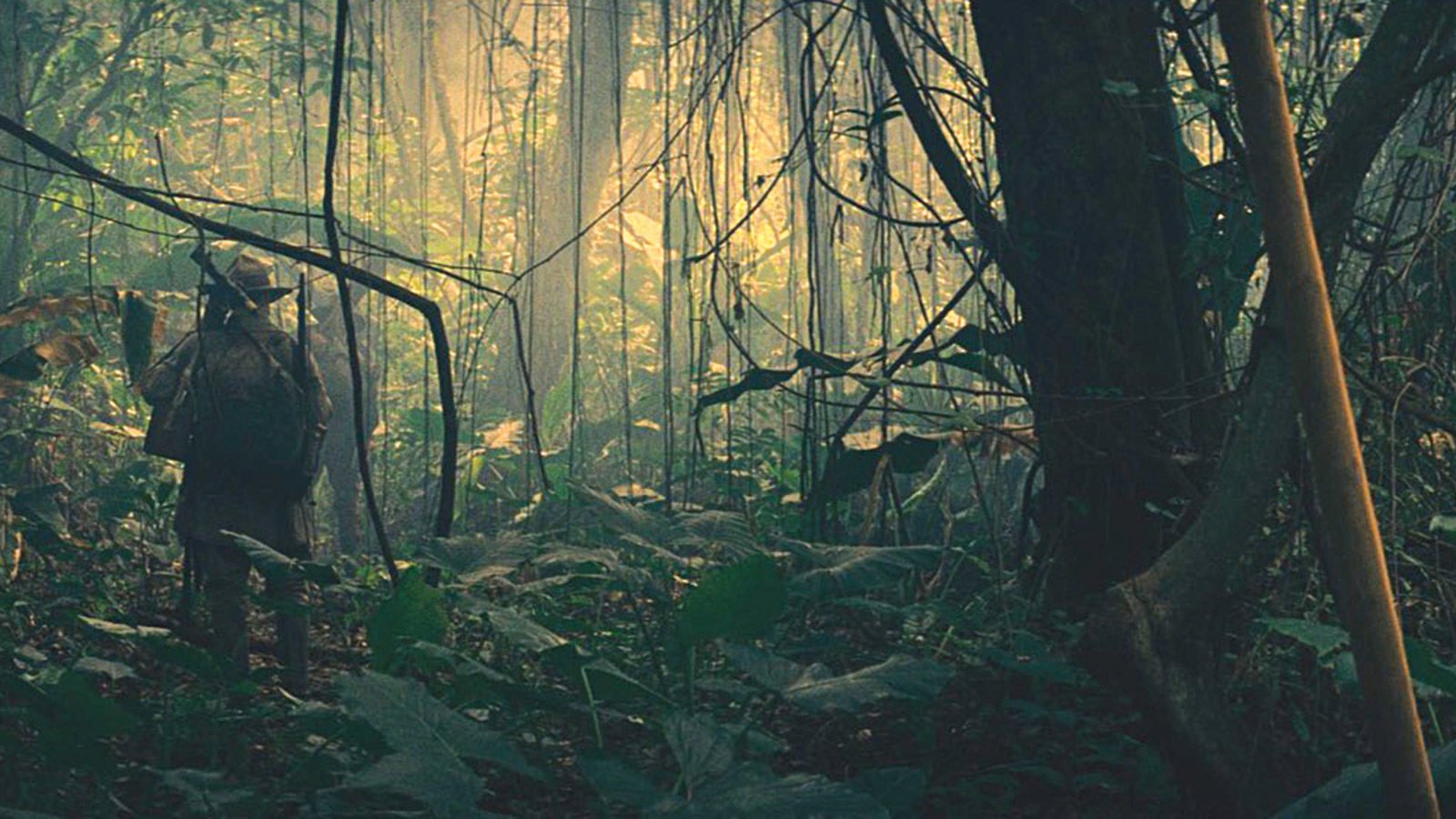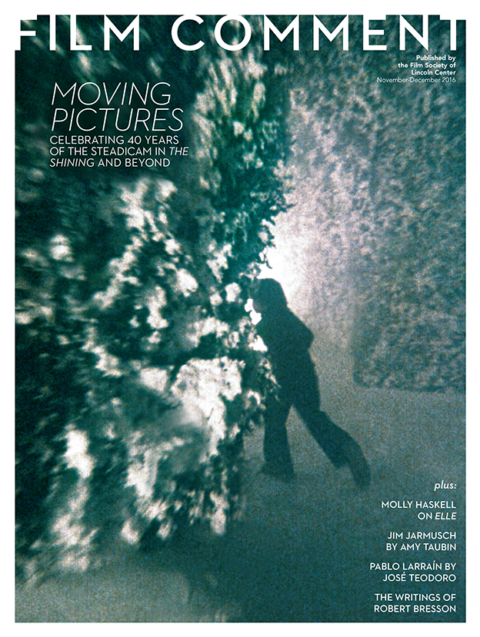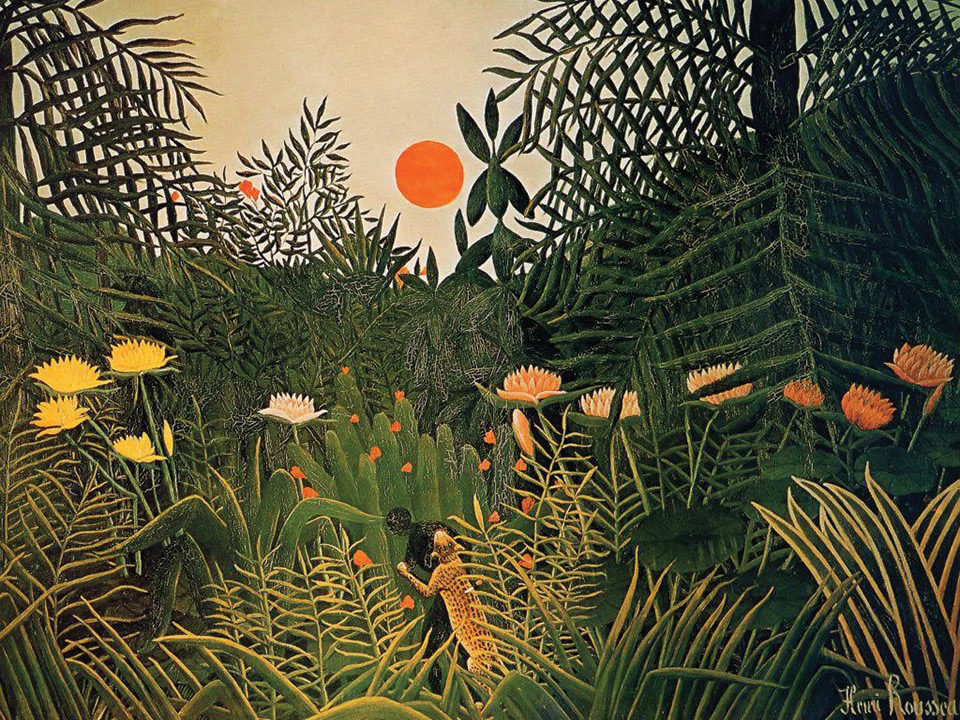
Inspired: Tropical Malady
One thing I tried to do on The Lost City of Z was not look at other movies. I used to have a lot of screenings of movies for the crew before we started making the film. For Two Lovers I think we watched A Short Film About Love by Kieslowski and Vertigo. And then for The Immigrant we watched La strada. For The Lost City of Z we watched nothing. Instead, we started by looking at the jungle as a projection of protagonist Percy Fawcett’s desire, not as necessarily a tangible adventure movie. Z is only a stand-in for everything else that he wanted. It’s a form of escape from the rigidity of the class structure and the expectations put upon him.

“So we looked at a lot of paintings. We looked at Henri Rousseau and Claude Lorrain. For the jungle, Rousseau was our guy—the jungle as a dream. The goal was really to communicate that it took its place in his mind because it was in such opposition to the rigidity of Edwardian England. It’s a very strange color scheme Rousseau employs. He uses a lot of blue in the black, and gold in the highlights. And that was our color scheme to communicate this kind of dream. We looked at different people—we looked at [Jean-Baptiste-Camille] Corot, one of the really great painters.
“There’s a way to achieve a sort of painterly look—there’s a lot of funky stuff you have to do. First, it helps to shoot on film, because the grain adds almost a paintbrush stroke. There’s a naturalness to the face tones and the flesh tones—it’s a much more painterly medium than digital.”
Closer Look: The Lost City of Z opens on April 21.

Negro Attacked by a Jaguar, 1910, Henri Rousseau







